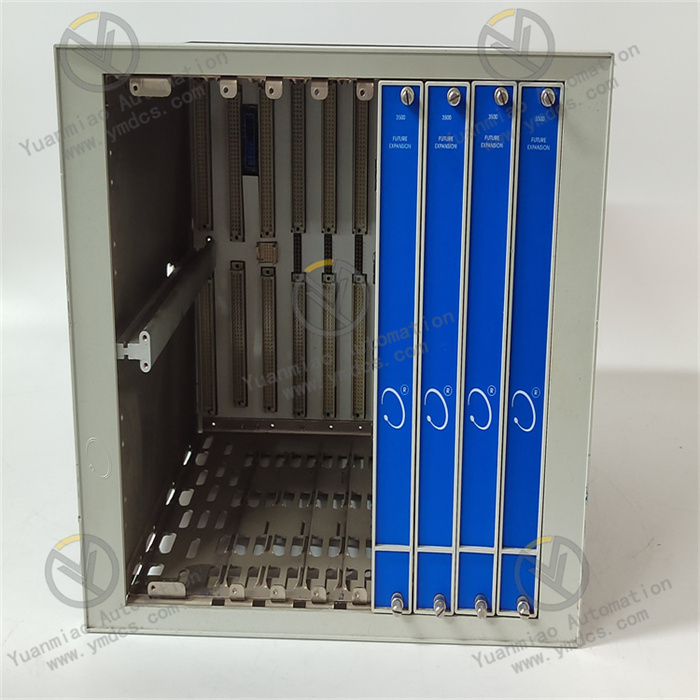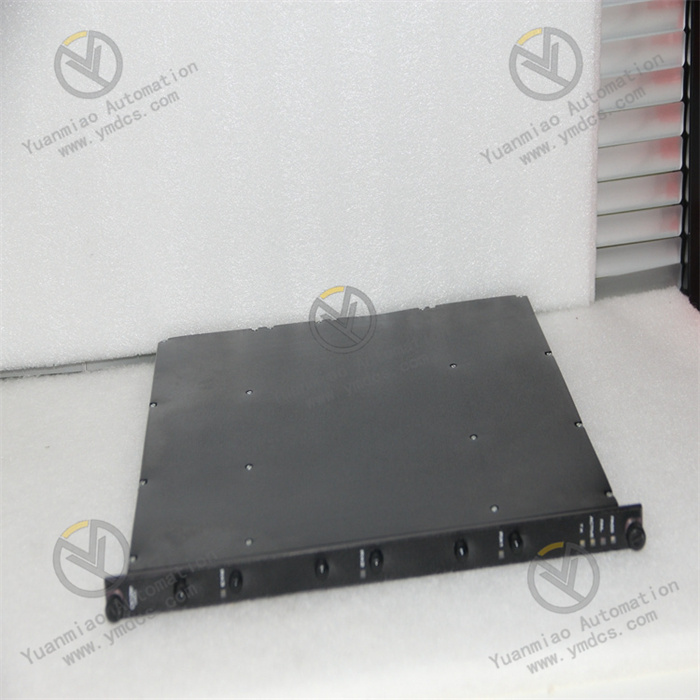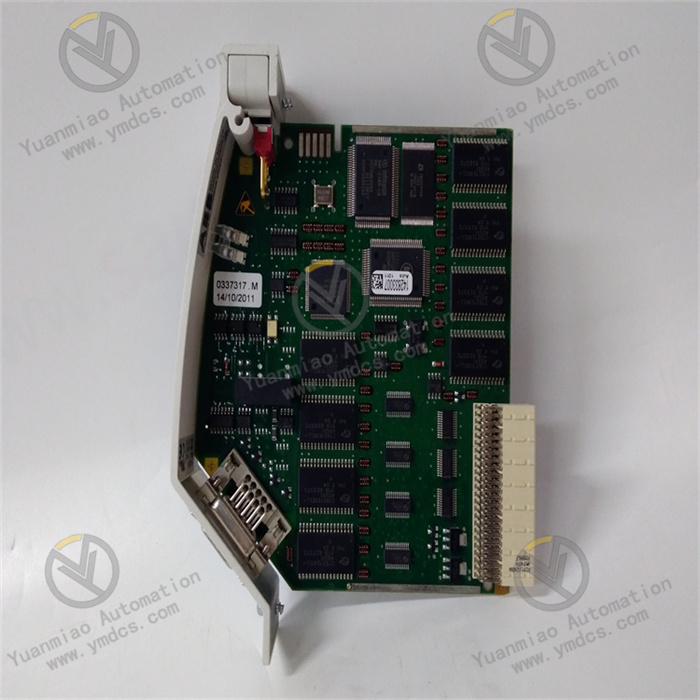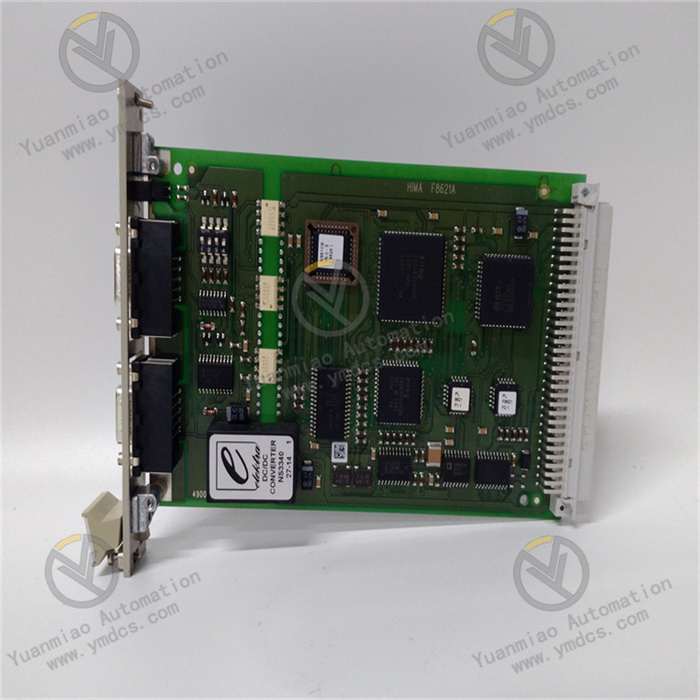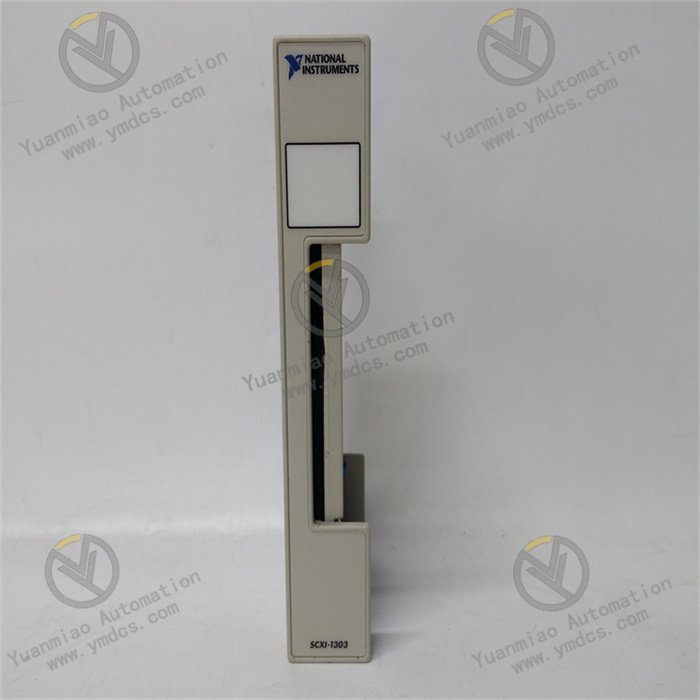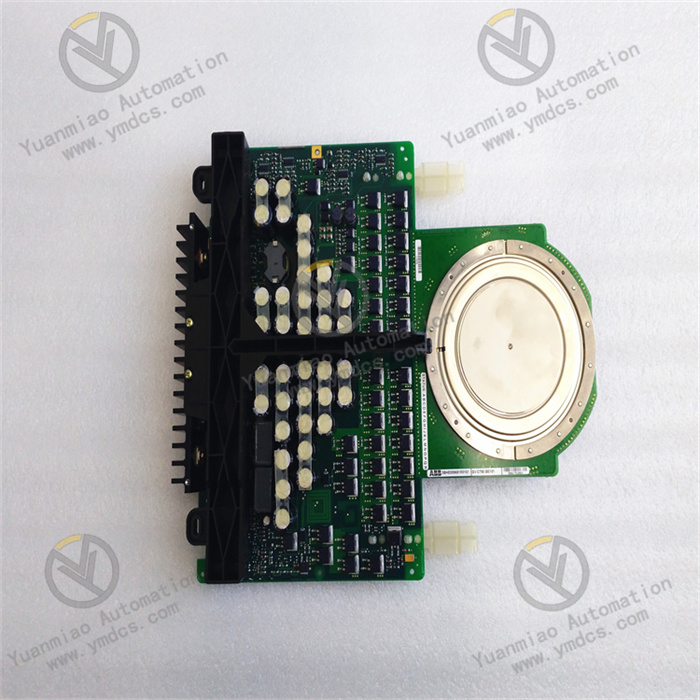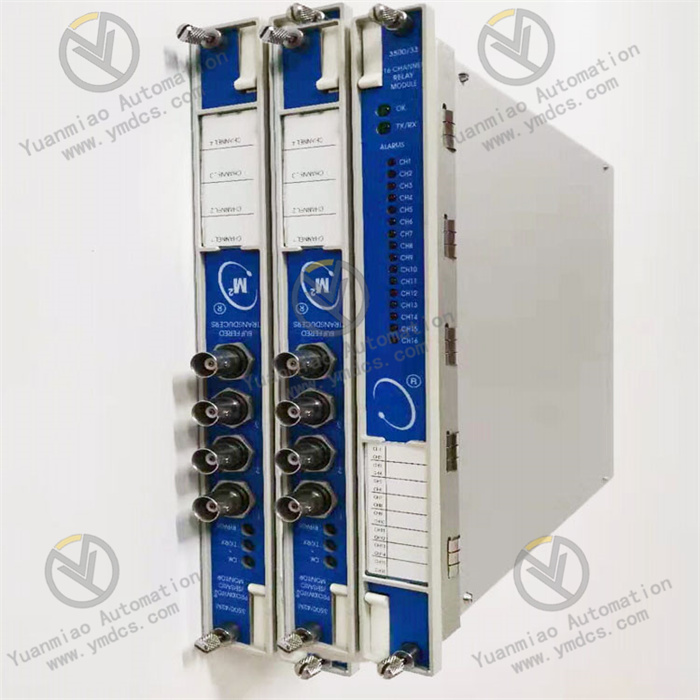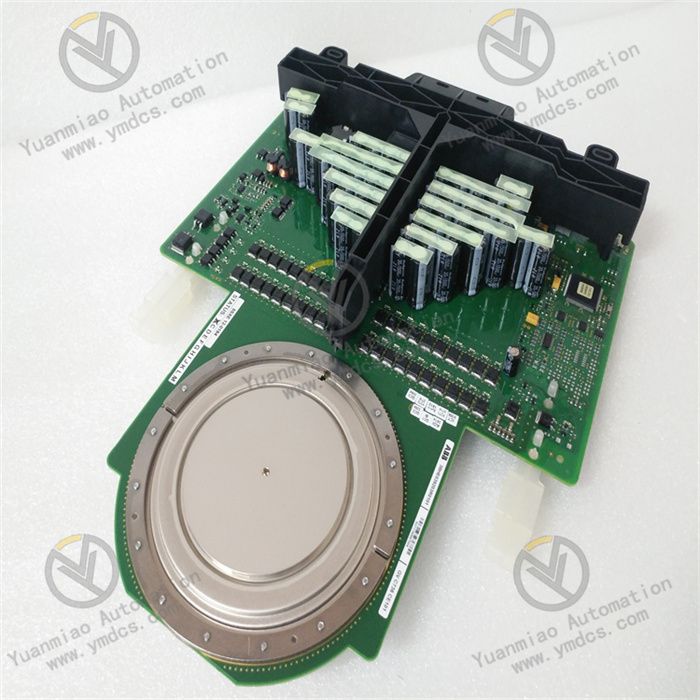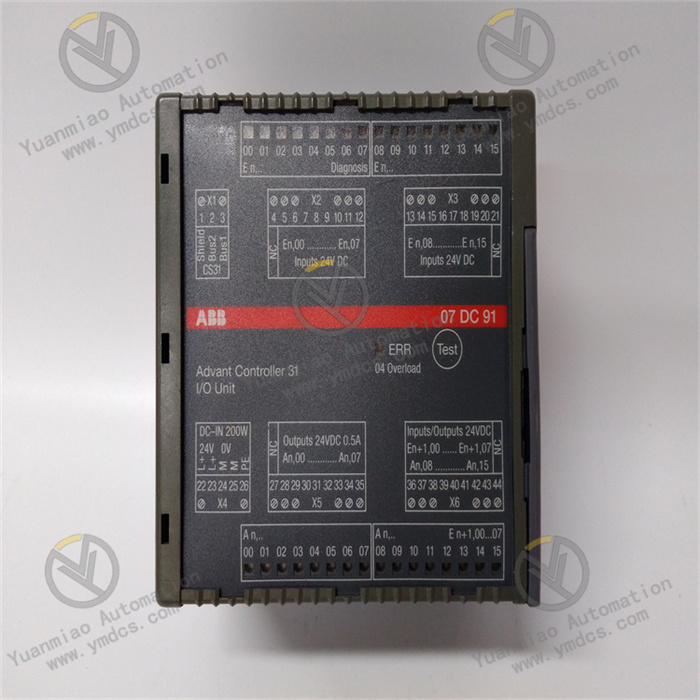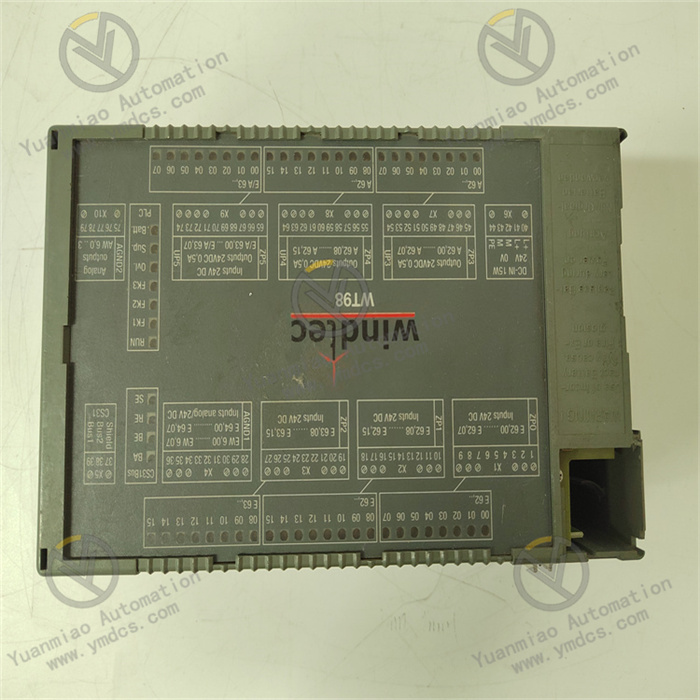Description
VMIVME-5567-000/350-005567-000/E
The Abaco Systems VMIVME-5567-000/350-005567-000 E is a high-performance Single-Board Computer (SBC) based on the VME (VersaModule Eurocard) bus architecture. Leveraging its modular design, high reliability, and strong expandability, the VME bus plays a critical role in fields with strict stability and real-time requirements, such as aerospace, defense, and industrial automation. This product fully relies on the advantages of the VME bus, integrating advanced processor technology, rich functional interfaces, and efficient data processing capabilities. It serves as the core computing unit for complex systems, undertaking key tasks such as data processing, communication control, and task scheduling, providing stable and efficient computing support for various industrial and research projects, and ensuring system stability in harsh environments.
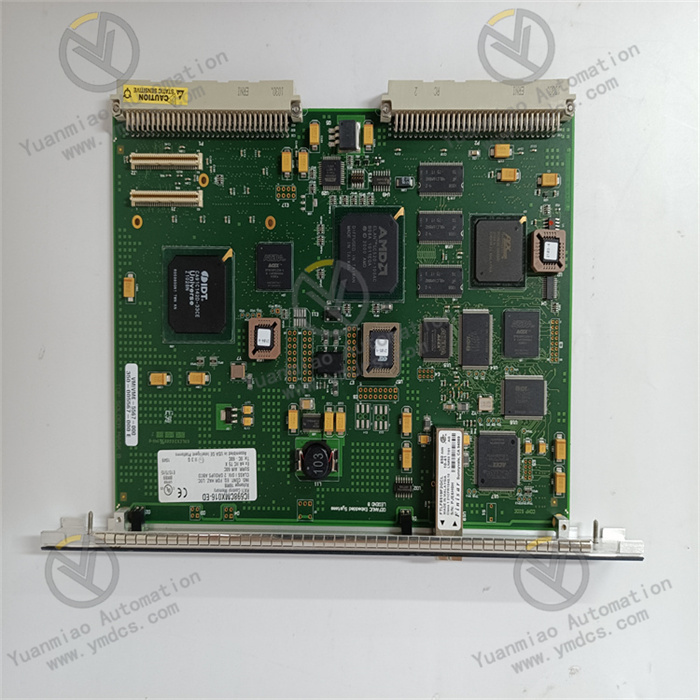
- Powerful Computing Performance: Equipped with high-performance multi-core processors, it offers robust computing power and multi-threading capabilities, enabling rapid response to complex algorithms and efficient handling of massive data. In scenarios like aerospace flight control data computation and high-speed signal analysis in industrial automation production lines, it accurately and timely completes data processing tasks to ensure stable system operation.
- Diverse Interface Resources: Equipped with multiple standard communication interfaces, including Ethernet, serial ports, USB, and PCIe interfaces. The Ethernet interface supports high-speed network communication for seamless data exchange and remote monitoring; serial ports are compatible with traditional devices and sensors to meet diverse communication needs; PCIe interfaces support expansion of high-performance modules (e.g., data acquisition cards, graphics processing cards), significantly enhancing system expandability and compatibility.
- Reliable VME Bus Architecture: Based on the mature and stable VME bus standard, it ensures stable and high-speed data transmission with other VME modules. Its rugged mechanical design provides excellent shock and vibration resistance, adapting to harsh environments (e.g., vehicle-mounted, shipboard, field operations) to guarantee data transmission stability and equipment reliability.
- Wide Temperature Adaptability: Supports stable operation within the wide temperature range of -40°C to +85°C, maintaining performance in both polar low-temperature scientific research equipment and high-temperature industrial furnace automation control systems, thus expanding the product's application scope.
- Efficient Data Storage & Management: Built-in large-capacity Solid State Drive (SSD) enables fast data storage and retrieval, significantly improving processing efficiency. It also supports data encryption to protect data security during storage and transmission, meeting strict security requirements in defense, finance, etc. Additionally, it features comprehensive storage management for easy data retrieval, backup, and management.
- Intelligent Diagnosis & Redundancy Design: Equipped with intelligent fault diagnosis, it real-time monitors system status via onboard indicators and management software to quickly locate faults. Key components (e.g., power modules, communication interfaces) adopt redundancy design, enabling automatic seamless switching of redundant components when main components fail, ensuring uninterrupted operation, enhancing reliability and fault tolerance, and reducing maintenance downtime.
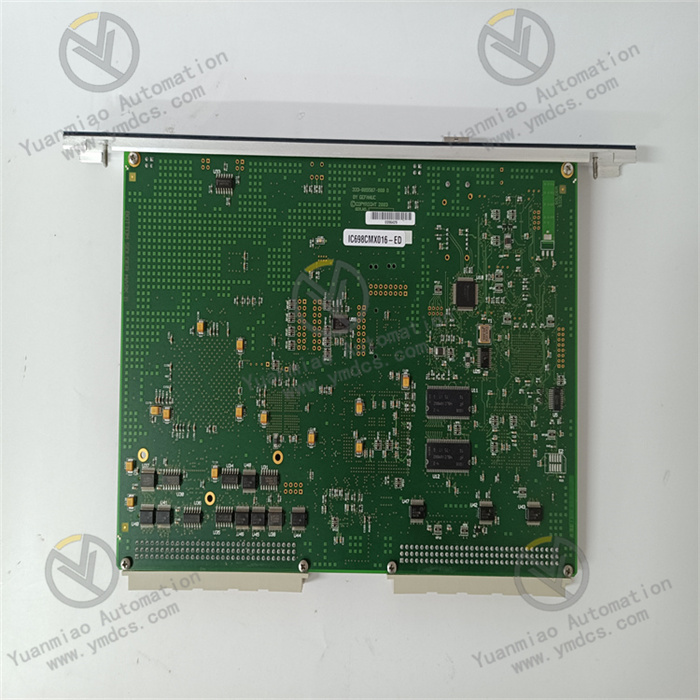
When the VMIVME-5567-000/350-005567-000 E is integrated into a system, the external power supply first enters the board's power management module, which converts and stabilizes it to provide a stable voltage for all components, ensuring normal startup and operation. Data from external devices or sensors is transmitted to the board via corresponding interfaces (e.g., Ethernet, serial ports) based on interface types.
The board's processor analyzes, calculates, and processes the data according to preset programs and algorithms. Memory acts as a temporary storage and exchange space, collaborating with the processor for fast data access and improved efficiency. Processed data is either written to the built-in SSD for storage or sent to other devices/systems via corresponding interfaces.
Simultaneously, the board communicates with other VME modules via the VME bus to share data and coordinate tasks—for example, collaborating with sensor and actuator modules in industrial automation to achieve precise production process control. The built-in monitoring module real-time tracks key parameters (temperature, voltage, fan speed, etc.). Upon detecting anomalies, it triggers the fault diagnosis mechanism, sending alarms via indicators and management software, and executes preset strategies (e.g., switching redundant components, reducing system load) to ensure stable operation.
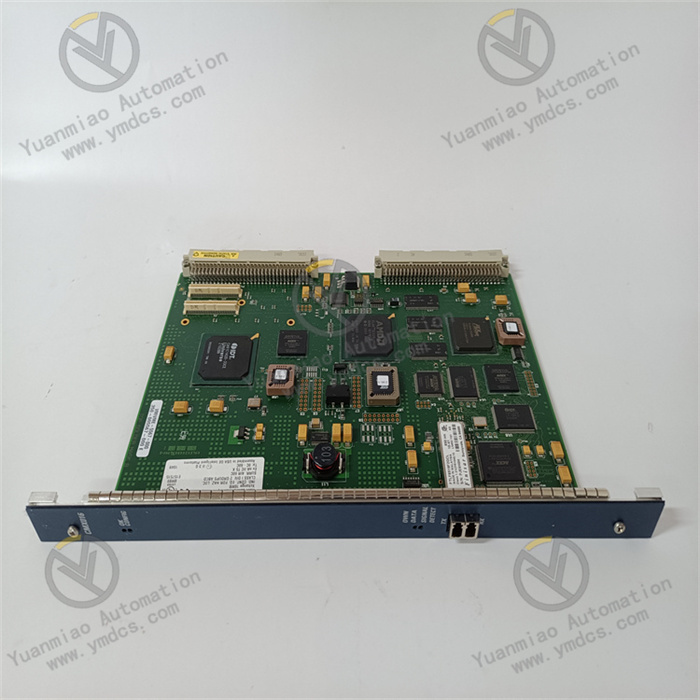
- Failure to Power On
- Phenomenon: No response, indicator off, system unbootable after powering on.
- Solutions: Check external power supply, voltage range, and cable integrity; inspect the power module for bulging capacitors or burnt components (replace if damaged); reset the board; if unresolved, contact professionals for CPU/memory fault detection.
- Abnormal Data Transmission
- Phenomenon: Data loss, errors, interruptions, or slow speed during transmission.
- Solutions: For Ethernet, check cable connections, replace cables/devices, and verify IP configuration; for serial ports, check cables and parameters (baud rate, parity, etc.); for PCIe, ensure correct card installation and driver updates; avoid electromagnetic interference.
- Unstable Operation
- Phenomenon: System freezes, frequent reboots, program errors, or crashes.
- Solutions: Check temperature, clean coolers/fans, replace fans if needed; test memory for faults; uninstall incompatible software; inspect CPU for overheating/performance degradation; repair mainboard/hardware if issues persist.
- VME Bus Communication Failure
- Phenomenon: Failed communication, data sharing issues, or frequent interruptions/errors.
- Solutions: Check VME slot connection and cable integrity; verify address settings and terminal resistance configuration; replace faulty boards via substitution for professional repair
![]()






